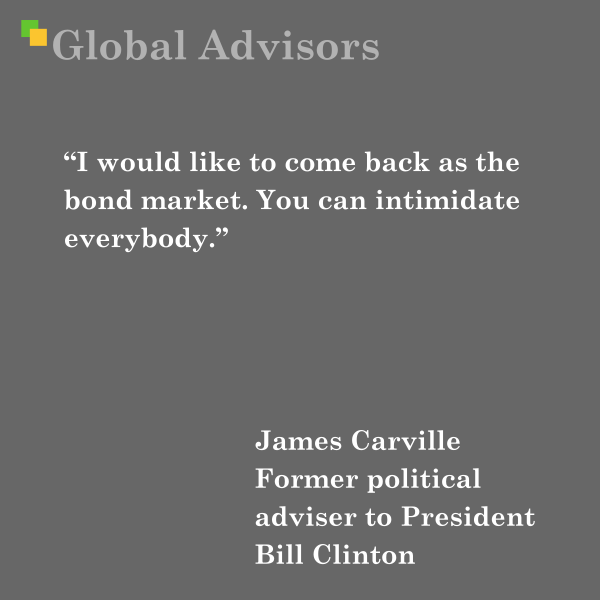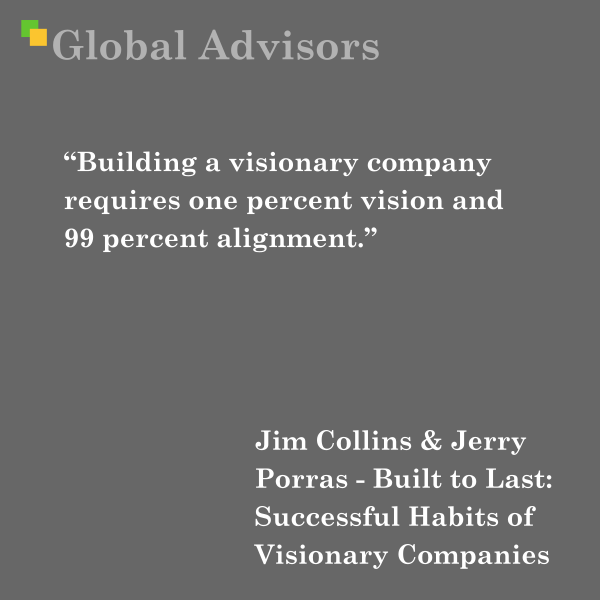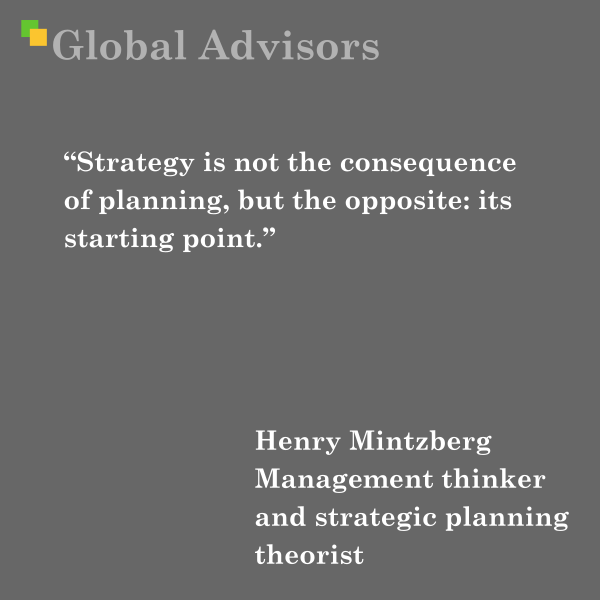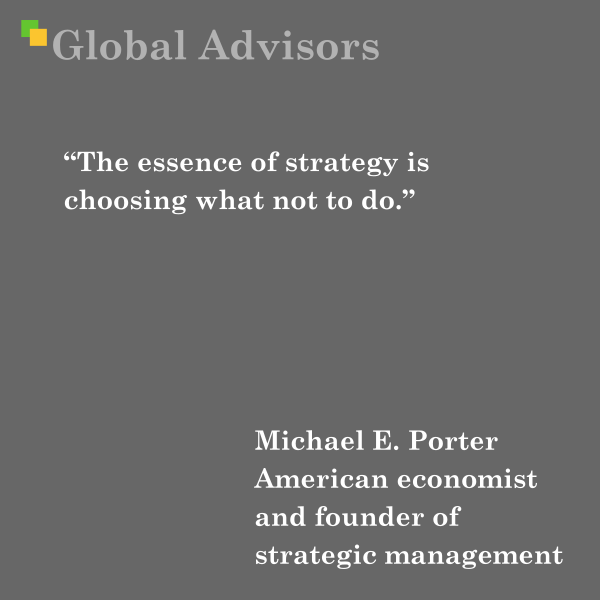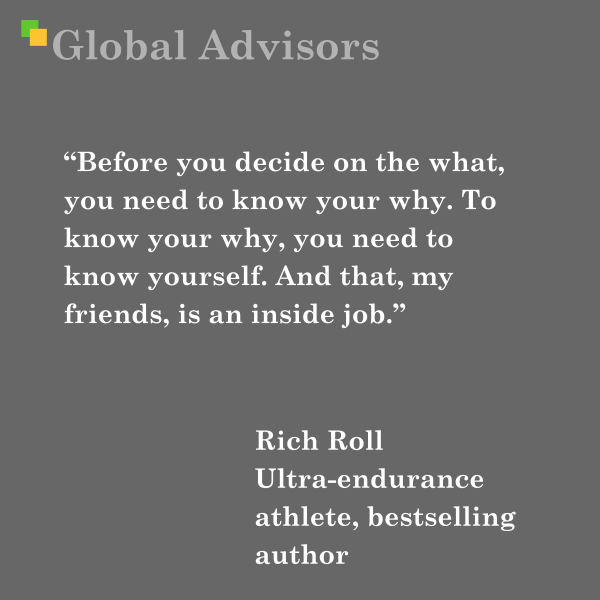| |
|
| |
| |
| |
|
Our selection of the top business news sources on the web. |
| |
| |
| |
Quote: James Carville, Former political adviser to President Bill Clinton“I would like to come back as the bond market. You can intimidate everybody.” - James Carville, Former political adviser to President Bill ClintonJames Carville’s famous quip speaks volumes about the immense, often unseen power wielded by the bond market over governments and economies. This power was vividly demonstrated in early April 2025, when a dramatic clash between US policy decisions and market forces played out. The April 2025 Treasury Market Turmoil and Tariff Reversal: In early April 2025, the Trump administration announced a set of aggressive new tariffs, including broad "reciprocal" tariffs targeting numerous trading partners. The reaction in financial markets was swift and severe. While stock markets tumbled, the real drama unfolded in the US Treasury market – typically considered the world's ultimate safe haven. Beginning Tuesday, April 8th, and intensifying overnight into Wednesday, April 9th, Treasury bonds experienced a sharp sell-off. This wasn't the usual inverse relationship where bonds rally when stocks fall due to recession fears. Instead, both asset classes plunged simultaneously, a rare and alarming pattern previously seen during the acute phase of the COVID-19 panic in March 2020. Yields on US Treasuries soared. The benchmark 10-year Treasury yield jumped by over 60 basis points (0.60 percentage points) in less than 48 hours, briefly touching 4.51% on Wednesday. The 30-year yield even breached the 5% mark. This surge in US borrowing costs rippled globally, pushing yields higher in the UK and Japan. Several factors fueled this bond market rout:
The speed and severity of the Treasury sell-off raised fears of systemic risk – a potential market freeze-up similar to March 2020, which could necessitate emergency intervention by the Federal Reserve. As Treasury Secretary Scott Bessent attempted to calm nerves, describing it as an "uncomfortable but normal deleveraging," the pressure became undeniable. President Trump himself acknowledged watching the bond market and noted people "were getting yippy." Faced with this intense market pressure, the administration abruptly reversed course on Wednesday, April 9th, announcing a withdrawal or "90-day pause" on the most controversial "reciprocal" tariffs, though other tariffs remained. While the stock market celebrated with a relief rally, Treasury yields remained elevated, reflecting lingering uncertainty. The episode served as a stark reminder: the bond market, through the collective actions of countless global investors reacting to perceived risks, could indeed "intimidate" and force a rapid change in government policy. How Bond Trading Works: At its core, a bond is a loan made by an investor to a borrower (like a government or corporation). The borrower pays periodic interest (coupon) and repays the principal amount at maturity.
Who is James Carville and Why He Said This: James Carville, nicknamed the "Ragin' Cajun," is a prominent American political consultant and strategist, best known for masterminding Bill Clinton's successful 1992 presidential campaign. He is famous for his sharp wit, populist messaging, and coining the phrase, "It's the economy, stupid," which became the unofficial slogan of the Clinton campaign, emphasizing the focus needed to win the election during an economic recession. Carville made the remark about wanting to "come back as the bond market" likely during the early 1990s. At that time, the Clinton administration faced significant pressure from the bond market regarding the national debt and budget deficits. The term "bond vigilantes" was often used to describe investors who would sell government bonds (thus driving up interest rates and borrowing costs) if they disapproved of a government's fiscal policies, effectively forcing policymakers towards austerity or deficit reduction. Carville's quote perfectly captures the frustration and awe politicians often feel towards the faceless, powerful entity that is the global bond market. Unlike voters or political opponents, the bond market operates on cold calculation of risk and return. Its judgments, expressed through buying and selling that moves yields, can impose discipline and constraints on governments far more effectively, and often more intimidatingly, than any political force. The events of April 2025 showed this power remains profoundly relevant.
|
| |
| |
Quote: Jim Collins & Jerry Porras - Built to Last: Successful Habits of Visionary Companies“Building a visionary company requires one percent vision and 99 percent alignment.” - Jim Collins & Jerry Porras - Built to Last: Successful Habits of Visionary CompaniesJim Collins and Jerry Porras are renowned authors and management theorists best known for their influential book, "Built to Last: Successful Habits of Visionary Companies," published in 1994. This work emerged from a comprehensive six-year research project that aimed to identify the characteristics that enable certain companies to thrive over the long term, often outlasting their competitors and adapting to changing market conditions. Jim Collins, born on January 25, 1958, is a prominent business consultant and lecturer who has dedicated much of his career to studying what makes companies successful. He is also the author of several bestsellers, including "Good to Great," which further explores the principles of effective leadership and organizational success. Collins's research emphasizes the importance of disciplined thought and action, as well as the need for a strong organizational culture. Jerry Porras, born on September 20, 1938, is an esteemed academic and professor emeritus at Stanford University's Graduate School of Business. His expertise lies in organizational behavior and change, and he has contributed significantly to the understanding of how companies can develop and maintain a visionary approach. Porras's work often focuses on the dynamics of leadership and the role of core values in guiding organizational success. In "Built to Last," Collins and Porras introduce the concept that while having a clear vision is essential for a company's direction, the real challenge lies in achieving alignment across the organization. The quote, “Building a visionary company requires one percent vision and 99 percent alignment,” encapsulates this idea, highlighting that the execution of a vision is heavily dependent on the collective efforts and commitment of all members within the organization. This alignment ensures that everyone is working towards the same goals, fostering a cohesive culture that supports long-term success. The book has been widely referenced and praised by business leaders and strategists for its practical insights and frameworks. It identifies key habits and practices that distinguish visionary companies, such as maintaining a core ideology, embracing change, and setting ambitious goals. The principles outlined in "Built to Last" continue to resonate with organizations seeking to cultivate enduring success and navigate the complexities of the business landscape. Collins and Porras's work has left a lasting impact on the field of management, inspiring countless leaders to prioritize alignment and shared purpose in their strategic endeavors.
|
| |
| |
Quote: A.G. Lafley & Roger L. Martin in their book Playing to Win“Winning should be at the heart of every strategy.” - A.G. Lafley & Roger L. Martin in their book Playing to WinA.G. Lafley and Roger L. Martin are prominent figures in the field of strategic management, particularly known for their collaborative work on the book "Playing to Win: How Strategy Really Works," published in 2013. This book has become a cornerstone in understanding how organizations can effectively develop and implement winning strategies. A.G. Lafley, born on June 13, 1947, is best known for his tenure as the CEO of Procter & Gamble (P&G), where he led the company through significant transformations. Under his leadership, P&G doubled its sales and expanded its portfolio of billion-dollar brands. Lafley emphasized a consumer-centric approach, advocating that understanding consumer needs is essential for driving innovation and growth. His mantra, “Consumer is Boss,” reflects his belief in prioritizing customer insights in strategic decision-making. Roger L. Martin, born on August 4, 1956, is a respected academic and former Dean of the Rotman School of Management at the University of Toronto. He is recognized for his contributions to strategic thinking and management theory, particularly through his development of integrative thinking and design thinking concepts. Martin's work emphasizes the importance of making strategic choices that align with an organization’s goals and capabilities. In "Playing to Win," Lafley and Martin present a framework for strategy that revolves around five key choices: defining a winning aspiration, determining where to play, deciding how to win, identifying core capabilities, and establishing management systems. The quote, “Winning should be at the heart of every strategy,” encapsulates the essence of their approach, which asserts that a clear focus on winning is crucial for effective strategy formulation. This perspective encourages organizations to be deliberate in their choices and to align their resources and efforts toward achieving competitive advantage. The book has been widely referenced by business leaders and strategists who appreciate its practical insights and actionable frameworks. Lafley and Martin's emphasis on the importance of winning as a strategic objective resonates with many organizations striving to navigate complex market dynamics and achieve sustainable growth. Their collaborative work continues to influence strategic management practices across various industries, reinforcing the idea that a winning mindset is essential for success.
|
| |
| |
Quote: Henry Mintzberg Management thinker and strategic planning theorist“Strategy is not the consequence of planning, but the opposite: its starting point.” - Henry Mintzberg, Management thinker and strategic planning theoristHenry Mintzberg, born on September 2, 1939, in Montreal, Canada, is a renowned academic and author known for his extensive work in management and organizational theory. He is currently the Cleghorn Professor of Management Studies at McGill University, where he has been teaching since 1968. Mintzberg's contributions to the field of strategic management have significantly shaped how organizations approach strategy formulation and implementation. The quote, “Strategy is not the consequence of planning, but the opposite: its starting point,” reflects Mintzberg's critical perspective on traditional strategic planning processes. He argues that many organizations mistakenly view strategy as a linear outcome of formal planning, which often leads to rigidity and a disconnect from the realities of the business environment. Instead, Mintzberg posits that strategy should emerge from the ongoing interactions and experiences within the organization, emphasizing the importance of adaptability and responsiveness. Mintzberg's work challenges the conventional wisdom that prioritizes analytical and prescriptive approaches to strategy. He advocates for a more nuanced understanding of strategy as a dynamic process that involves both deliberate planning and emergent practices. This perspective is encapsulated in his concept of the "5 Ps of Strategy," which includes strategy as Plan, Ploy, Pattern, Position, and Perspective. Each of these dimensions highlights different aspects of how organizations can navigate their strategic landscapes. His ideas have resonated with many business leaders and scholars who recognize the limitations of rigid planning frameworks. Mintzberg's emphasis on the importance of real-world experiences and the need for flexibility in strategy formulation has influenced various sectors, encouraging organizations to embrace a more holistic and adaptive approach to strategic management. In summary, Henry Mintzberg's insights into strategy underscore the significance of viewing strategy as a foundational element that informs planning rather than a mere outcome of it. His work continues to inspire discussions on how organizations can effectively navigate the complexities of their environments while remaining true to their strategic objectives.
|
| |
| |
Quote: Michael E. Porter, American economist and founder of strategic management“The essence of strategy is choosing what not to do.” - Michael E. Porter, American economist and founder of strategic managementMichael E. Porter, born on May 23, 1947, is a prominent American academic and a leading authority in the field of competitive strategy. He is best known for his groundbreaking work at Harvard Business School, where he has shaped the understanding of how businesses can achieve competitive advantage. His influential theories, particularly the Five Forces framework and the Value Chain model, have become foundational in strategic management. Porter's quote, “The essence of strategy is choosing what not to do,” encapsulates a core principle of his approach to strategic management. This perspective emphasizes that effective strategy is not merely about making choices on what to pursue but also about recognizing and intentionally avoiding certain paths. By doing so, organizations can focus their resources and efforts on areas where they can create the most value and differentiate themselves from competitors. Throughout his career, Porter has highlighted the importance of understanding industry structure and competitive forces. His work suggests that companies must analyze their competitive environment to make informed strategic decisions. This analysis involves assessing factors such as the intensity of rivalry among existing competitors, the bargaining power of suppliers and buyers, the threat of new entrants, and the threat of substitute products or services. Porter's insights have been referenced by numerous business leaders and strategists who recognize the value of his frameworks in navigating complex market dynamics. His emphasis on strategic choice has influenced various sectors, from healthcare to technology, encouraging organizations to adopt a disciplined approach to decision-making. In summary, Michael Porter’s contributions to strategic management have provided a robust framework for understanding competition and guiding organizations in their strategic choices. His quote serves as a reminder that clarity in what to exclude from a strategy is just as crucial as the decisions made about what to include.
|
| |
| |
Quote: Rich Roll, ultra-endurance athlete, bestselling author“Before you decide on the what, you need to know your why. To know your why, you need to know yourself. And that, my friends, is an inside job.” - Rich Roll, Ultra-endurance athlete, bestselling authorRich Roll is a vegan ultra-endurance athlete, wellness advocate, and bestselling author. He graduated from Stanford University and Cornell Law School, later becoming an entertainment attorney. Approaching 40, and after a history of struggling with drugs and alcohol, he found himself in poor health. This prompted a major life change where he embraced a plant-based diet and dedicated himself to fitness. Two years later, he surprised the ultra-endurance community by completing the 320-mile Ultraman World Championship, finishing in the top 10. In May 2010, he and Jason Lester completed the EPIC5 CHALLENGE, consisting of five ironman-distance triathlons on five Hawaiian Islands in under a week. Rich is the author of Finding Ultra and The Plantpower Way. He hosts the Rich Roll Podcast, exploring themes of wellness, plant-based nutrition, and personal growth.
|
| |
| |
Quote: Rich Roll, ultra-endurance athlete, bestselling author“We are all capable of so much more than we allow ourselves to be... So let’s hit reset. Let's begin anew the process of stepping into that person we always wanted, and deserve, to be.” - Rich Roll,
|
| |
| |
Quote: Rich Roll, ultra-endurance athlete, bestselling author“When you think you’re done, you’ve only tapped into 40 percent of what you are truly capable of.” - Rich Roll,
|
| |
| |
Quote: Rich Roll, ultra-endurance athlete, bestselling author“Pursue what’s in your heart, and the universe will conspire to support you.” - Rich Roll,
|
| |
| |
Quote: Rich Roll, ultra-endurance athlete, bestselling author“And at the end of the day, there is nothing but the journey, because the destination is pure illusion.” - Rich Roll,
|
| |
| |
|
| |
| |

